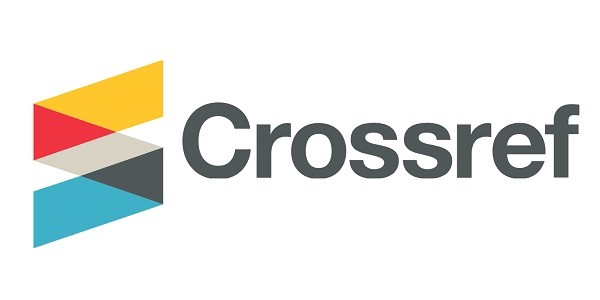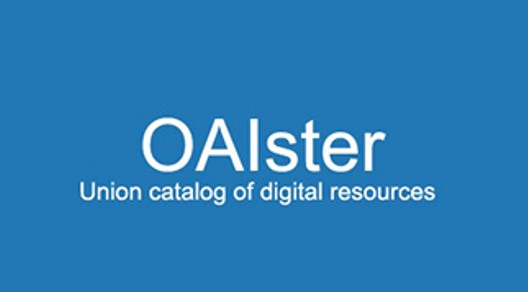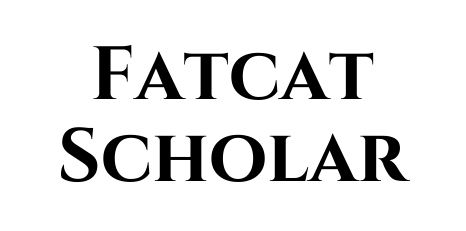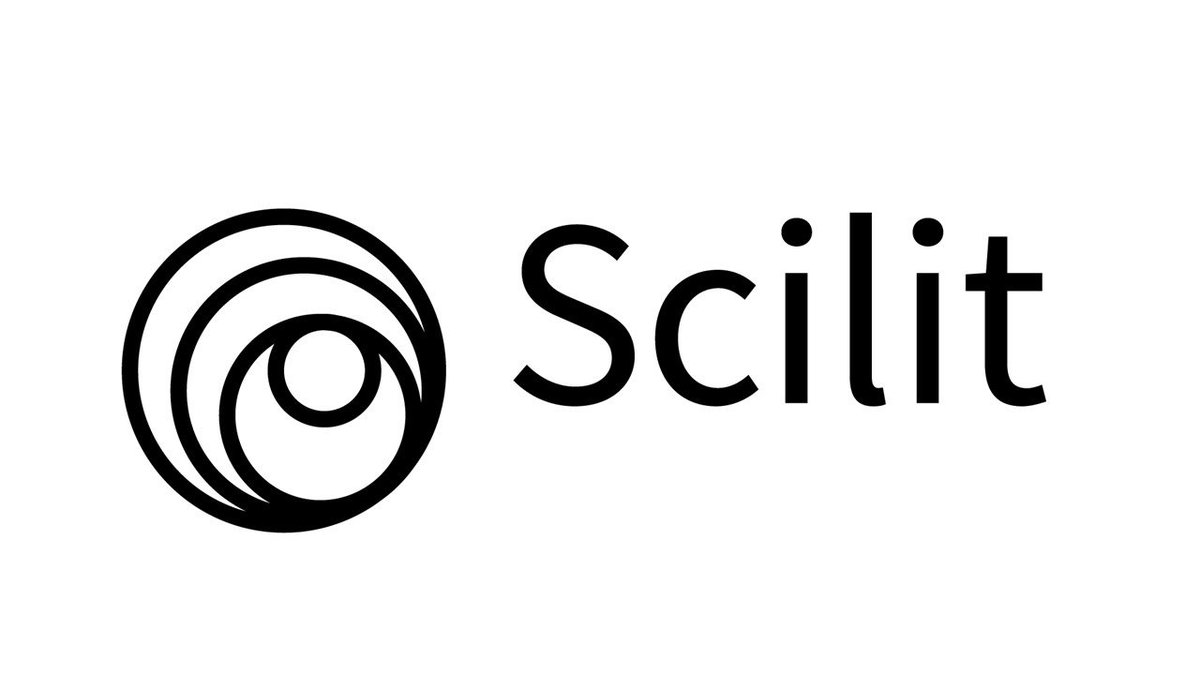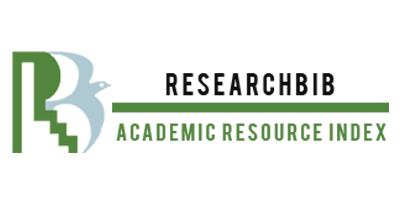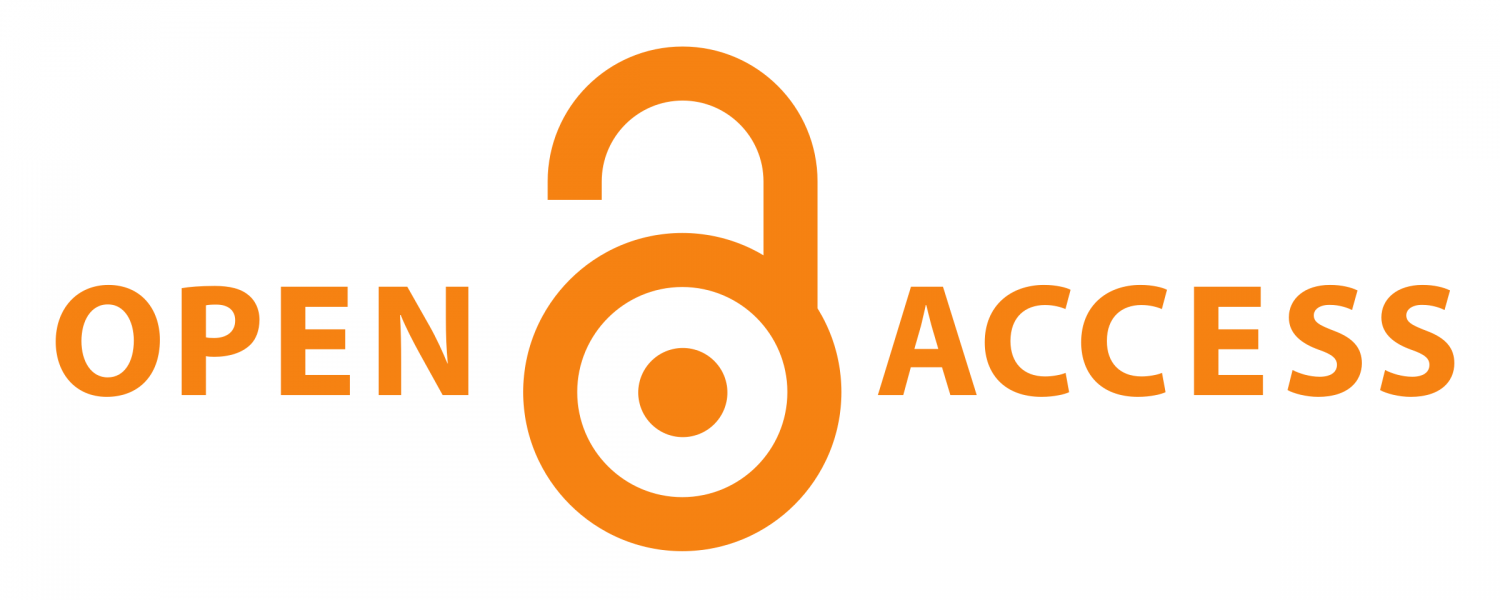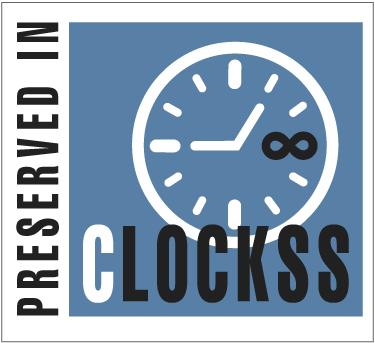The minimum wage remains significantly high in Morocco
DOI:
https://doi.org/10.52502/ijfaema.v2i2.33Keywords:
SMIG, minimum wage remains, MoroccoAbstract
Morocco passed minimum wage legislation as early as 1936 with the aim of defining minimum pay levels for employees in urban and rural areas. Decisions to increase the minimum wage (guaranteed minimum wage) and SMAG (minimum guaranteed agricultural wage), which serve as minimum wages in the non-agricultural and agricultural sectors, respectively, do not follow a pre-established timetable but arise from exchanges between different stakeholders within the framework of social dialogue. Since the early 2000s, around ten increases have been implemented on the minimum wage, however, no scientific publication analyzing their effects on the Moroccan economy has been carried out. Thus, the objective of the study published by BAM is to examine the impact of revaluations of the minimum wage on a set of macroeconomic variables of interest to the decision-maker. The study reviews the criteria for setting the minimum wage and its macroeconomic effects. Then on the stylized facts that characterize the minimum wage in Morocco, particularly in relation to wage distribution, employment, informality and youth unemployment. The study also explores the links between minimum wage, overall salary and employment. Finally, a simulation of the effects of the increase in the minimum wage on the Moroccan economy is carried out based on a more structural model derived from the IMF's FSGM model.
Downloads
Published
How to Cite
Issue
Section
License
Copyright (c) 2021 International Journal of Financial Accountability, Economics, Management, and Auditing (IJFAEMA)

This work is licensed under a Creative Commons Attribution-NonCommercial-NoDerivatives 4.0 International License.





